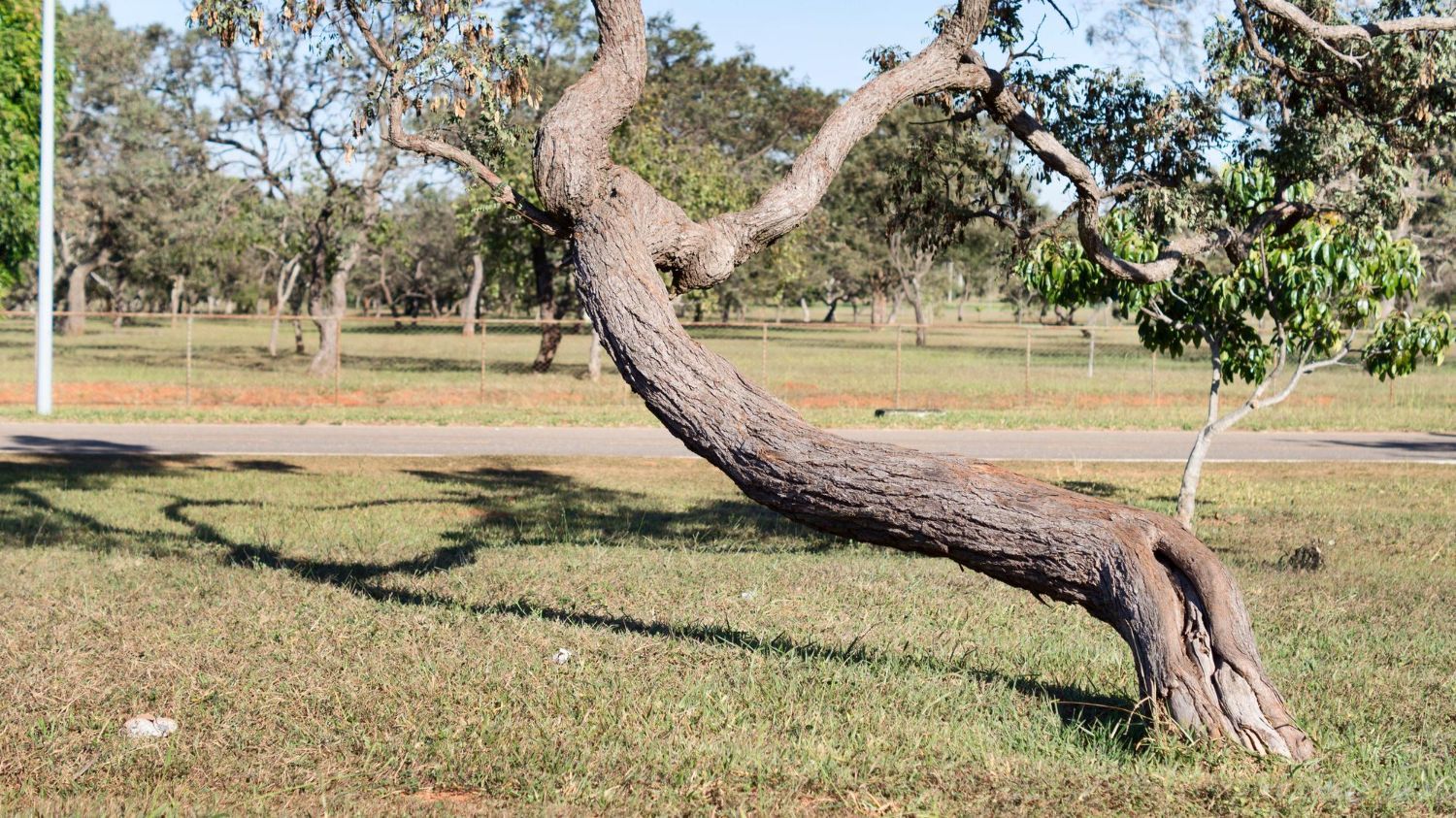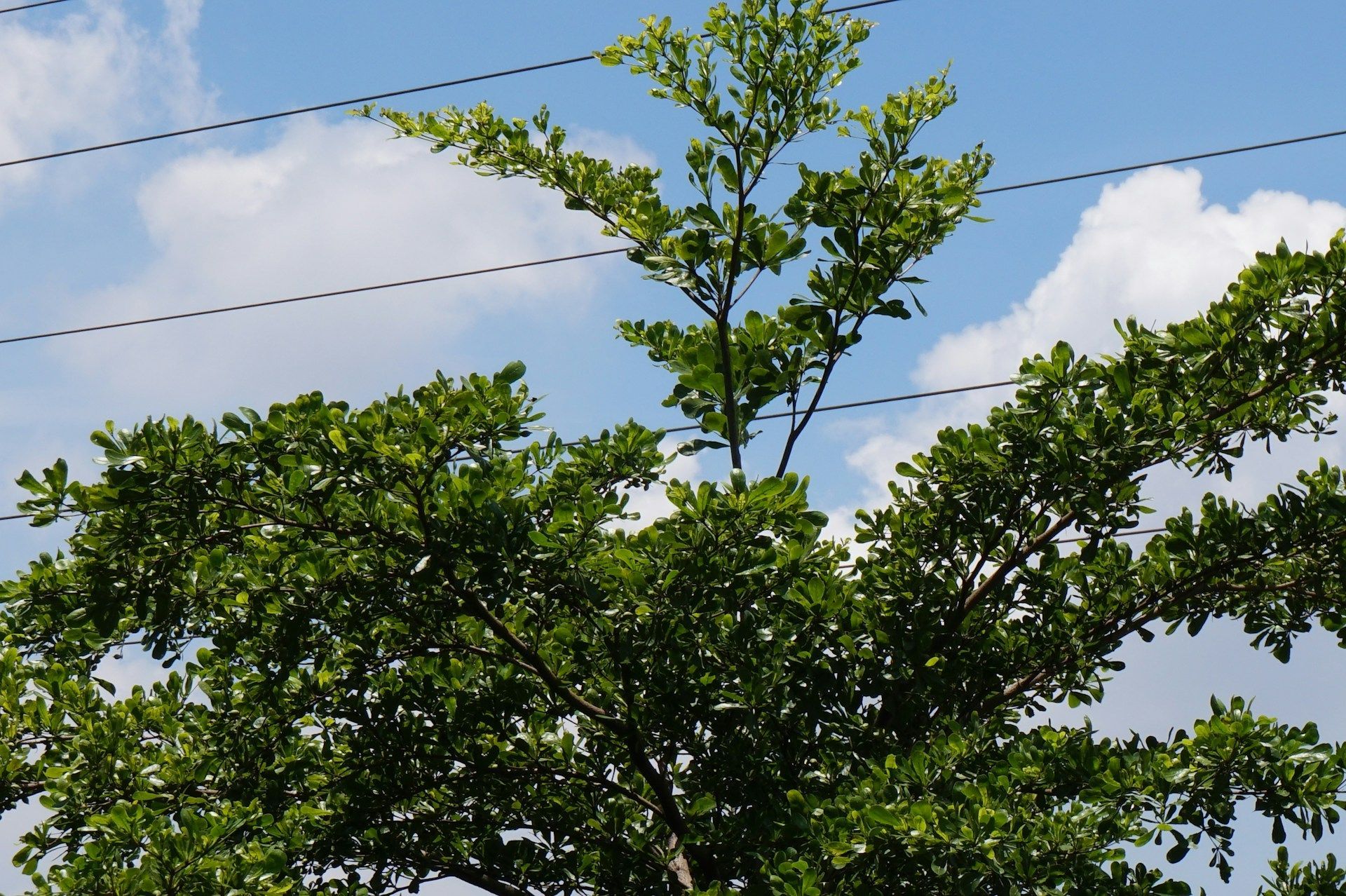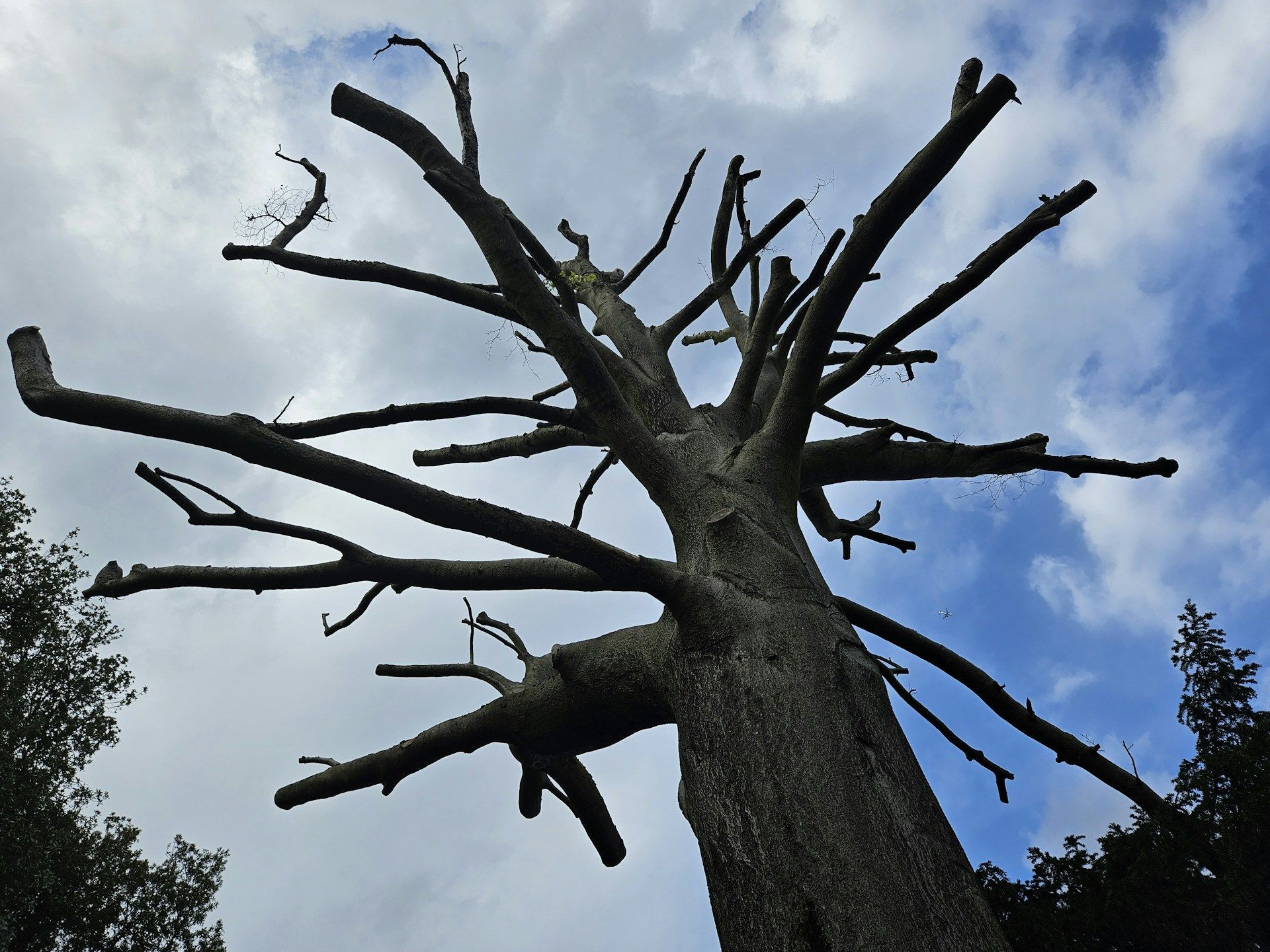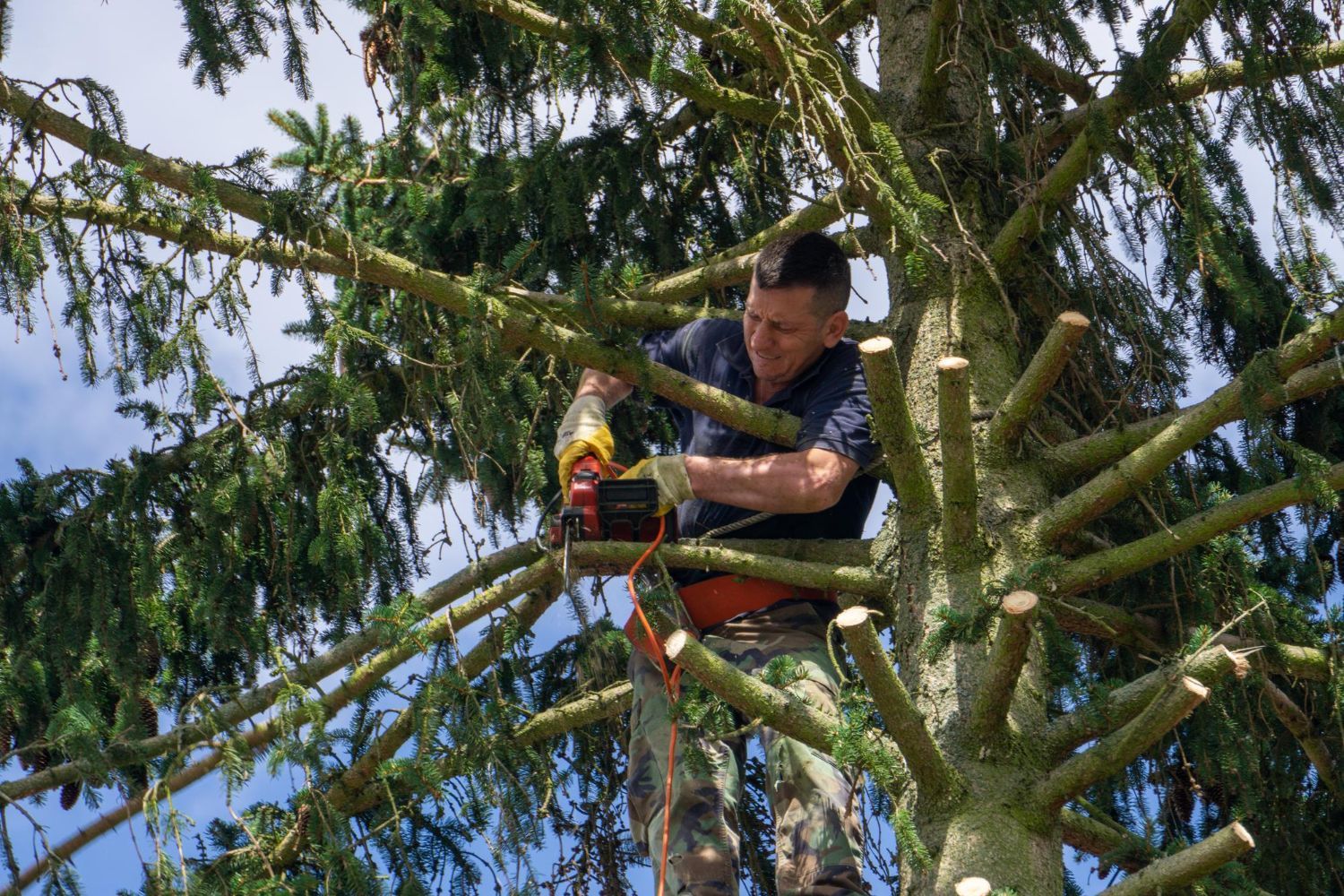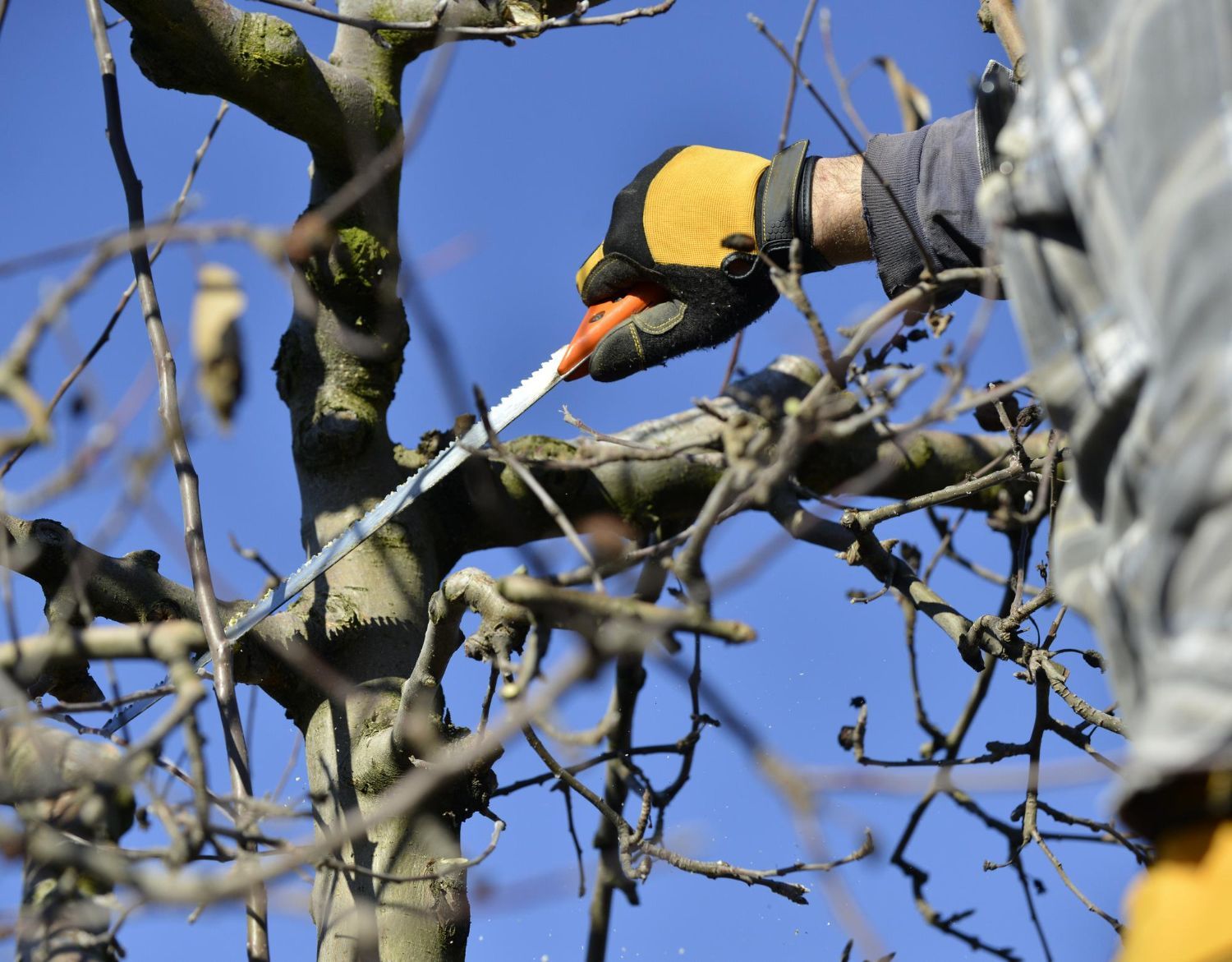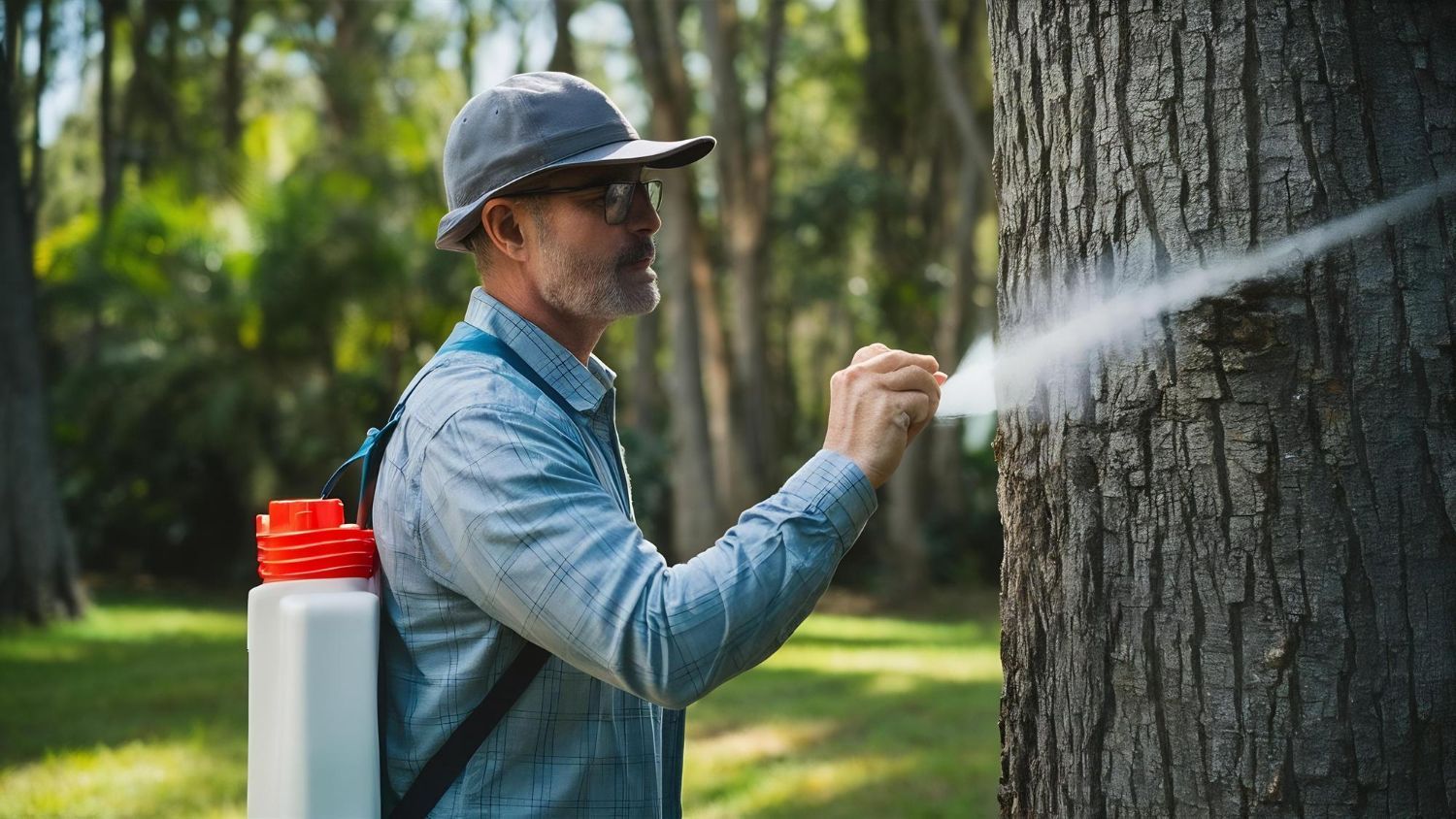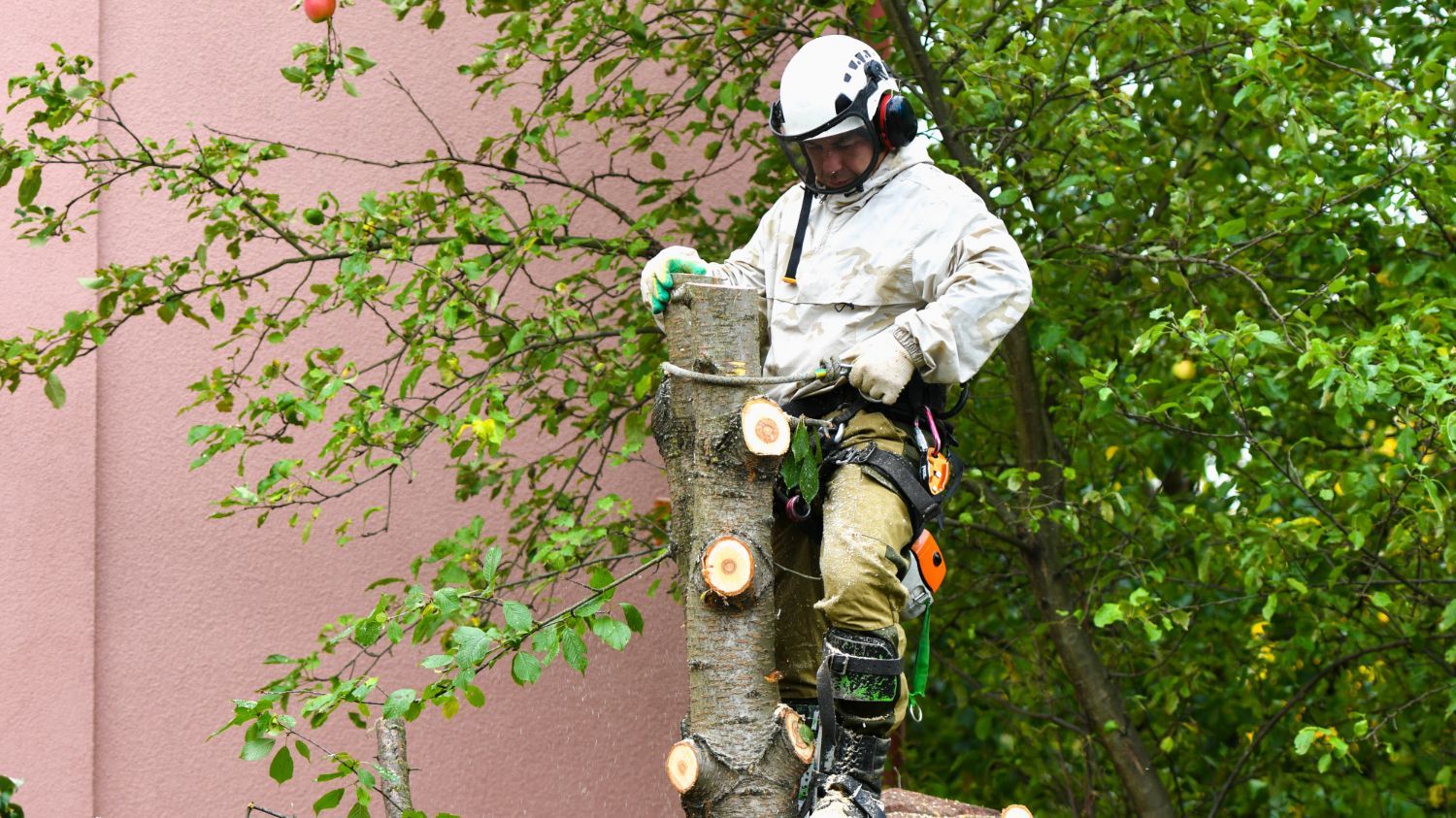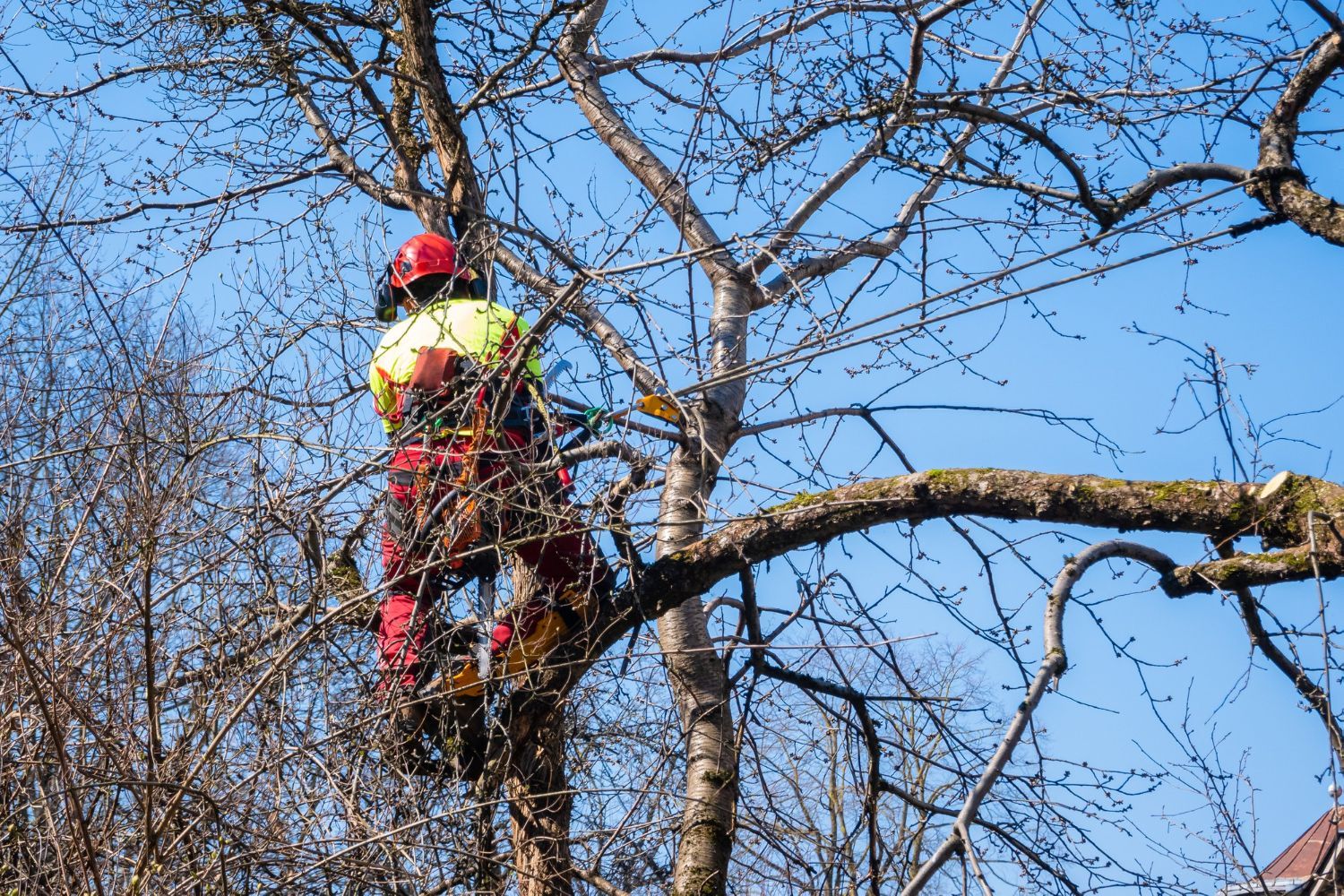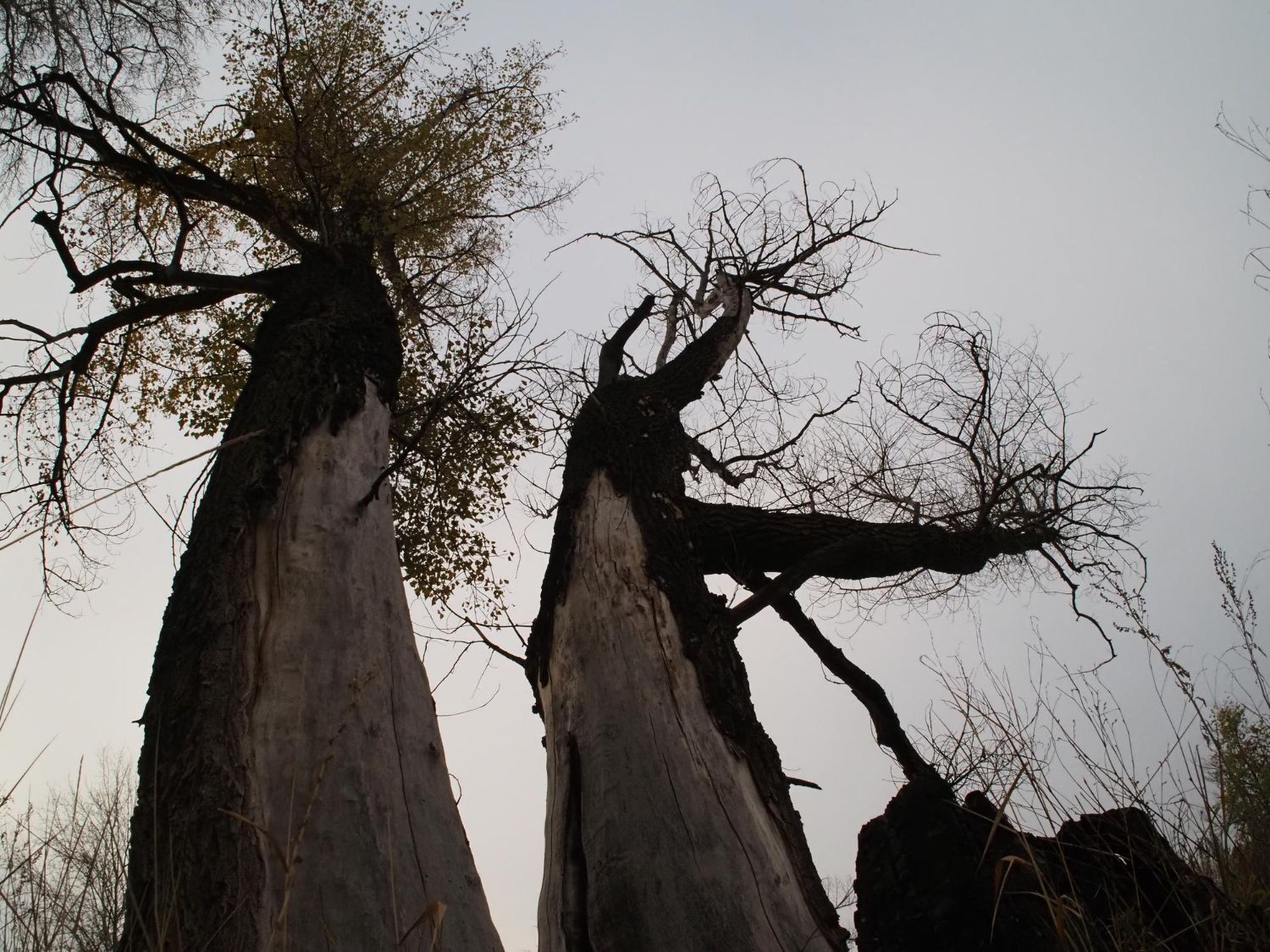The Environmental Benefits of Strategic Tree Removal
Trees are a valuable part of our environment, but there are times when removing certain trees can benefit the ecosystem. Strategic tree removal, when done carefully, can enhance the health of native plants and contribute to greater biodiversity. By removing invasive or unhealthy trees, we can give native species the space and resources they need to thrive.
Another key benefit of strategic tree removal is reducing the risk of wildfires. Dense, overgrown areas with lots of deadwood can pose a significant fire hazard, especially during dry seasons. Managing these areas by removing certain trees can create safer spaces and help protect both property and wildlife.
Improving soil and water quality is another advantage of removing specific trees. Some trees might hog too many resources, leaving the soil dry and nutrient-depleted. By removing these problematic trees, we can improve water absorption and promote a healthier soil environment for other plants. Strategic tree removal plays an important role in maintaining balanced and healthy forest ecosystems, ensuring that all species can thrive together.
How Strategic Tree Removal Supports Native Plant Growth
Strategic tree removal plays a crucial role in promoting the growth of native plants and enhancing biodiversity. By removing invasive or unhealthy trees, we allow more sunlight, water, and nutrients to reach native species, giving them the chance to flourish. Without the competition from non-native or overly dominant trees, native plants can establish themselves more effectively. This not only improves the overall health of the ecosystem but also supports local wildlife that depends on these native plants for food and shelter.
Moreover, clearing out problematic trees can reduce the spread of diseases and pests that might otherwise affect the entire area. Invasive species often harbour pests and diseases that can quickly spread to healthy trees and plants. By removing these trees, we create a healthier environment where native plants have a better chance to thrive. Additionally, increasing the diversity of plant life in an area can make the ecosystem more resilient to environmental changes and threats.
Reducing Fire Hazards Through Tree Management
Strategic tree removal is essential for lowering the risk of wildfires and enhancing property safety. Here are some ways tree management helps:
- Removing Deadwood and Dry Branches: Removing dead trees and dry branches reduces the amount of flammable material in your yard. These can easily ignite, especially during hot, dry conditions.
- Creating Fire Breaks: Removing trees in strategic locations can create fire breaks. These are gaps in vegetation that can help slow down or stop a fire's spread, giving firefighters a better chance to control it.
- Improving Tree Spacing: Ensuring that trees are adequately spaced reduces the likelihood of fire spreading from tree to tree. Crowded trees can fuel a fire and make it spread more quickly.
- Clearing Underbrush: Removing dense underbrush and small trees that can act as fuel ladders helps prevent fires from quickly moving upward into larger, more significant trees.
- Maintaining Healthy Trees: Healthy trees are less likely to catch fire than those weakened by disease or pests. By managing tree health through professional removal, you can reduce overall fire risk.
Strategic tree removal can make your property safer and more resistant to wildfires, protecting both your home and the natural landscape.
Enhancing Soil and Water Quality with Tree Removal
Removing certain trees can greatly improve soil health and water absorption on your property. Some tree species consume more water than others, which can deplete the soil's moisture and affect surrounding plants. By removing these water-hungry trees, we allow more water to seep into the soil, benefiting other plants. This increase in soil moisture is especially crucial in dry climates or during periods of drought, helping to maintain a healthier landscape.
Furthermore, removing problematic trees can also enhance nutrient availability in the soil. Certain trees can alter the soil composition, making it less suitable for other plants. For example, they may increase the soil's acidity or monopolize essential nutrients. By strategically removing these trees, we can improve soil conditions, making it more fertile and conducive for a variety of plants to grow. Enhanced soil quality supports a more vibrant and diverse ecosystem, promoting the overall health of your garden.
Promoting Healthy Forest Ecosystems
Strategic tree removal is vital for maintaining balanced and healthy forest ecosystems. Every tree in a forest plays a role, but having a diverse range of species is essential for the ecosystem's overall health. Removing overgrown or invasive trees can prevent them from overshadowing other species and allow for a more balanced distribution of light, water, and nutrients.
Additionally, strategic tree removal helps control the spread of diseases and pests that could otherwise devastate the forest. Infected or infested trees can quickly spread problems to healthy ones. By removing compromised trees, we prevent these issues from taking hold, protecting the entire forest community. This targeted approach to tree removal helps maintain a healthier, more resilient ecosystem where all species can thrive.
Final Thoughts
Strategic tree removal offers numerous benefits, from promoting native plant growth and reducing fire hazards to improving soil and water quality. By carefully managing our trees, we support the health and diversity of our local ecosystems, ensuring they remain robust and vibrant. Whether it's to foster native biodiversity or shield your home from wildfire risks, thoughtful tree removal is a valuable investment in the well-being of our environment.
If you're considering
tree removal to enhance your property and protect your local ecosystem, trust the experts at Barrie Tree Care Pros. We provide expert services designed to meet your specific needs while ensuring the health of your landscape. Contact us today at Barrie Tree Care Pros to schedule a consultation and see how we can help you create a safer, more beautiful property.
